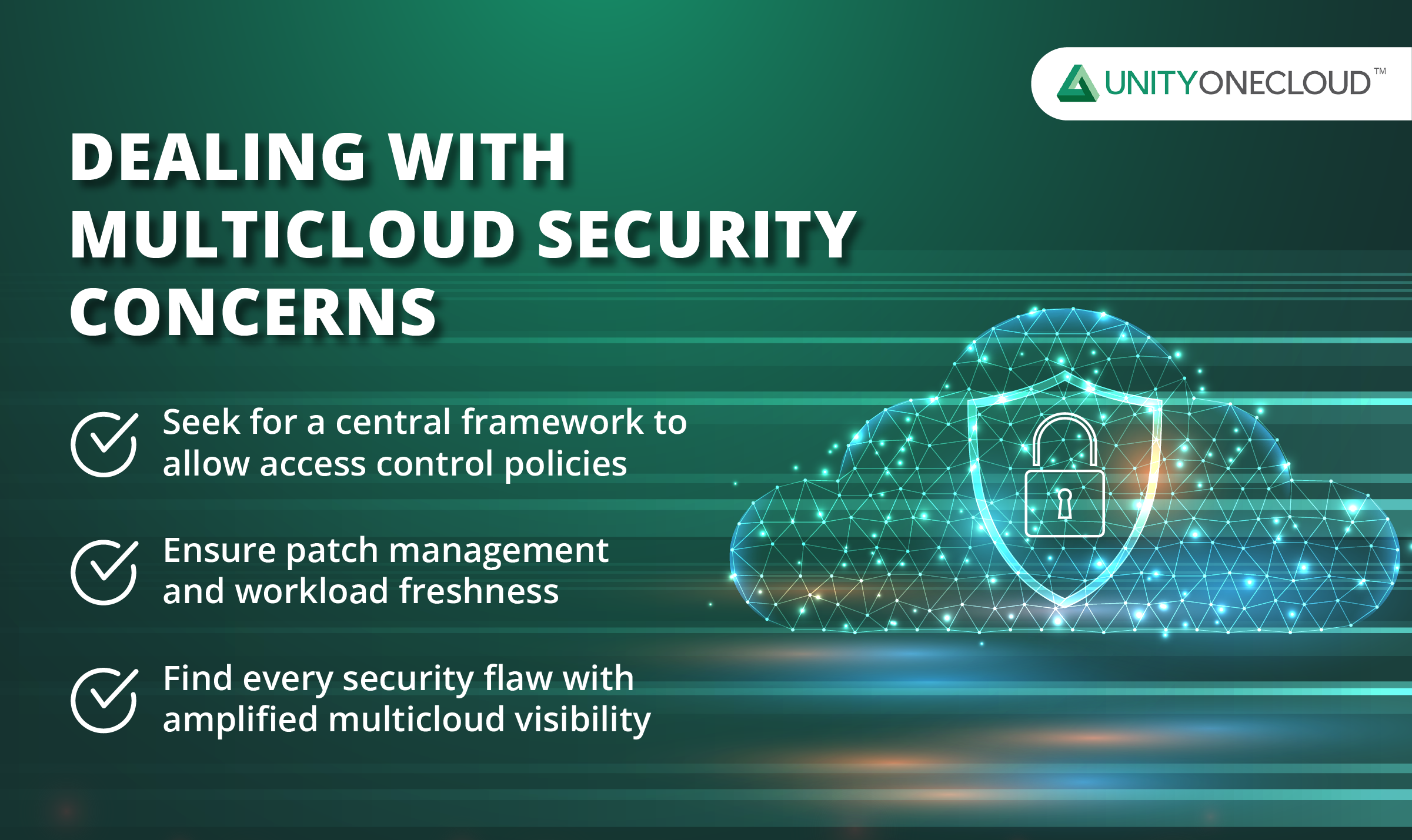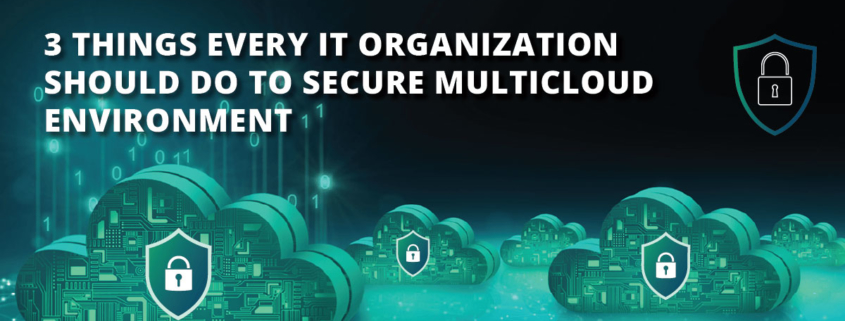3 Things every IT organization should do to secure multicloud environment
It’s no longer a fact that companies are diving deep into multicloud deployment for increased flexibility, scalability, reduction of operating costs, and elasticity of their workloads. A report from VerifiedMarketResearch suggests that the multicloud market is all set to expand to $50.35 Billion by 2030, growing at a CAGR of 30.85% from 2023 to 2030. The drivers that have accelerated this industry wide shift to Multicloud are – unpredictability of single cloud services such as downtime and outage, lack of best-of-breed single cloud updates, and the need for data sovereignty and governance.
Emergence of security issues during multicloud transitions
Due to the various applications spread across the clouds, it’s possible that individual organizations and business processes are running specialized cloud-based deployments which are tailored to their needs. Different cloud providers specialize in certain types of applications, and business users will stick to the industry-grade solutions. Often this happens in an emergency pattern over time as different teams seek newer and better solutions and move off legacy systems to clusters of different cloud deployments. This could pose a fragmented approach to IT governance and hence, a defective approach to IT security, which is obviously a huge challenge.
As organizations progress, they often realize that they need to consolidate these Multicloud deployments into a single, unified data and compliance platform.
Dealing with multicloud security concerns
There are many complications when it comes to deploying multicloud. Increased attack surface and risk of cyberattacks, managing disparate security policies, and handling identity and accesses are few of these complexities. According to a recent Forrester poll of 78% of IT leaders, managing user identities in a multicloud environment is their greatest challenge. So, it becomes necessary to make certain considerations when one designs their multicloud architecture.
-
Seek for a central framework to allow access control policies
User access control management is more difficult and complex in multicloud setups. Despite the cloud providers offering built-in controls to manage user permission and access privileges, a multicloud strategy would require users to simultaneously manage various user access systems. Without a centralized management system, maintaining uniform policies across numerous platforms is a logistical nightmare.
Multicloud management platforms such as UnityOne’s centralized framework supports all cloud platforms and enables businesses to implement uniform security and access policies which is necessary for a successful multicloud security strategy. Its multicloud monitoring aids in keeping track of where your data is, who has access to it, and who is changing it across all the cloud providers.
-
Ensure patch management and workload freshness
Any security strategy must prioritize workload freshness and patch management. Businesses need to stay updated to ensure any known vulnerabilities are patched, and their workloads must utilize the most recent version of any dependencies. Decision makers must deal with the unique vulnerabilities, patch schedules, and update processes of each distinct platform in a multicloud setting while ensuring that all cloud instances are running the same version. The IT teams will find it difficult to preserve the freshness of the workload.
A unified multicloud management solution like UnityOne can help in this situation by keeping track of updates, releases, and deployments of all your cloud systems so your team can quickly apply patches and carry out refreshes.
-
Find every security flaw with amplified multicloud visibility
Every multicloud user suffers with visibility issues. They might not have access to every tier of the cloud computing stack when they utilize a third-party cloud provider, which means they are not aware of all security loopholes or vulnerabilities, such as DDoS attacks, ransomware problems, and others. Even though cloud service providers frequently include some form of built-in monitoring in their offerings, this may not give complete insight or granular recording. Additionally, administering multicloud built-in monitoring tools simultaneously in a multicloud scenario is impossible.
Business owners need a centralized cloud monitoring solution that works with all their platforms if one wants complete visibility over their multicloud architecture. UnityOne offers higher visibility of the entire multicloud environment and aids companies to find out the security gaps that are present amidst the cloud stacks.

Need to adjust multicloud management
Companies who wish to get the most of their multicloud environments need to rethink their cloud management methods and ask oneself how to better empower themselves in a multicloud ecosystem. It is important to secure everything stored and operated in the cloud. To safeguard workloads, find misconfigurations, and make sure no critical data is exposed, teams must put visibility across clouds first. Once access control has been put in place, one must constantly manage protection and compliance across all workloads.
Security, compliance, and maximizing operational performance all depend on having insight into the data that is being moved between multicloud infrastructures. Currently used methods for monitoring multicloud setups rely on a wide range of technologies, which makes it difficult to reach this degree of knowledge. With UnityOne, businesses can get deep insights into data-in-motion between on-premises, virtual, and public clouds—and the various tools used to secure and manage them. So, adding an extra layer of security and compliance posture to the cloud for minimizing risk and speeding up cloud migration and adoption is no longer a challenge.



